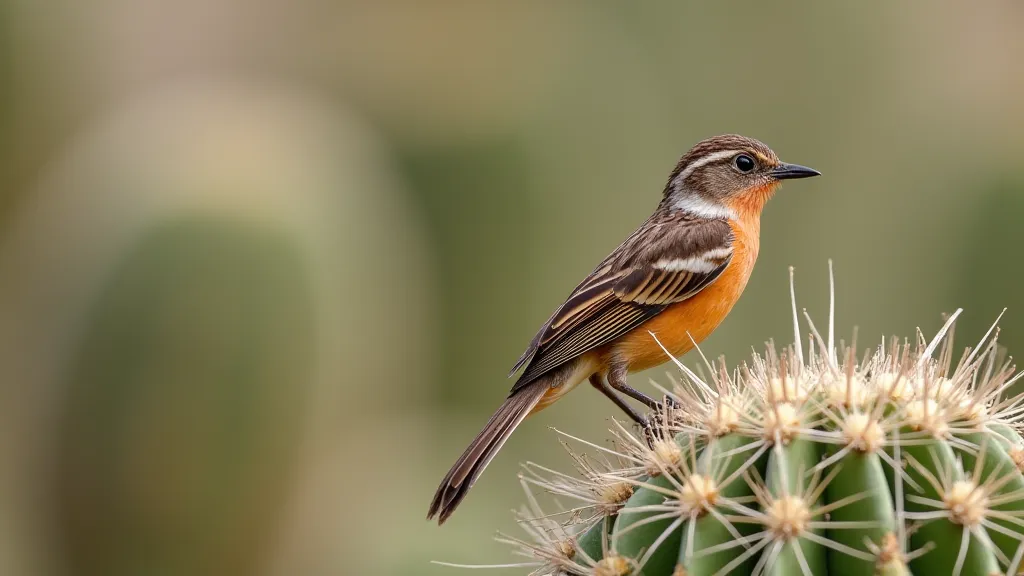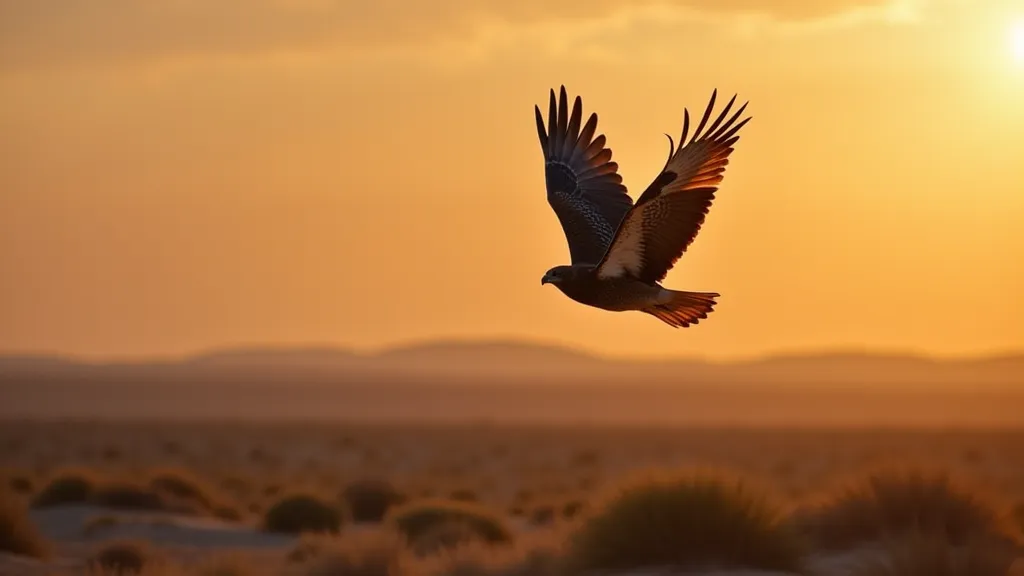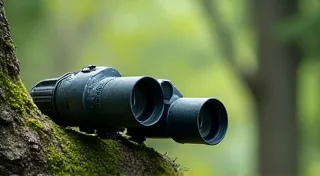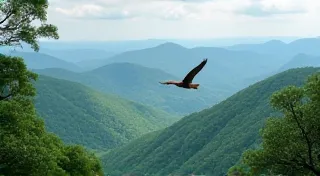Birding the Sonoran Desert: A Guide to Arizona's Avian Treasures
The Sonoran Desert, a vast expanse of arid beauty stretching across Arizona, California, and Mexico, offers a remarkably rich and unique birding experience. Far from being a barren landscape, this desert ecosystem is teeming with life, especially feathered friends adapted to survive and thrive in these challenging conditions. This guide will explore some prime birding spots in Arizona's Sonoran Desert, focusing on species identification and responsible birding practices.
Prime Birding Locations in Arizona's Sonoran Desert
Several locations within Arizona offer exceptional opportunities to observe the diverse avian population of the Sonoran Desert. Here are a few highlights:
Boyce Thompson Arboretum State Park
Located near Superior, Arizona, Boyce Thompson Arboretum offers a stunning combination of native desert flora and cultivated gardens from around the world. This varied habitat attracts a wide range of birds. Expect to see Gila Woodpeckers, Cactus Wrens, Anna's Hummingbirds, and various warblers during migration seasons. The Arboretum's trails wind through different microclimates, increasing your chances of spotting numerous species.

Gilbert Water Ranch
This urban oasis in Gilbert, Arizona, provides a surprising abundance of birdlife. The ponds and landscaped areas attract waterfowl, songbirds, and raptors. Look for Green Herons, Great Blue Herons, and various duck species. The Water Ranch also serves as a vital stopover point for migrating birds.
Riparian Areas along the Salt River
The Salt River, though often intermittent, creates valuable riparian habitats that are magnets for birds. These areas offer shade, water, and food sources, supporting species that are less common in the drier desert uplands. Check along the riverbanks for Vermilion Flycatchers, Phainopeples, and various songbirds.
Identifying Desert Birds: A Beginner's Guide
Identifying birds in the Sonoran Desert can be challenging due to the arid environment and the often-camouflaged nature of these species. Here are a few tips to help you get started:
- Focus on Key Features: Note the size, shape, color patterns, and behavior of the bird.
- Listen Carefully: Many desert birds have distinctive songs and calls.
- Observe Habitat: Where you see a bird can often provide clues to its identity. Cactus Wrens, for example, are almost always found near prickly pear and cholla cacti.
- Use a Field Guide: A good field guide, preferably one specific to the Southwest, is an invaluable resource.

Common Sonoran Desert Birds to Look For
- Gila Woodpecker: A common resident with a distinctive yellow cap.
- Cactus Wren: A noisy and energetic bird, always near cacti.
- Anna's Hummingbird: A vibrant hummingbird found year-round.
- Roadrunner: The iconic “meep-meep” bird of the desert.
- Various Raptors: Look for Red-tailed Hawks, Cooper’s Hawks, and Harris’s Hawks soaring overhead.
Responsible Birding Practices
Protecting the fragile ecosystems of the Sonoran Desert is paramount. Follow these guidelines to ensure a sustainable birding experience:
- Stay on Marked Trails: Avoid trampling vegetation and disturbing wildlife.
- Minimize Noise: Loud noises can stress birds and disrupt their behavior.
- Don't Feed Birds: Artificial feeding can alter natural behaviors and spread disease.
- Respect Nesting Sites: Keep a safe distance from nests and avoid disturbing breeding birds.
- Leave No Trace: Pack out everything you pack in.

Birding the Sonoran Desert is a rewarding experience that connects you to the beauty and resilience of the natural world. By following these tips and practicing responsible birding practices, you can contribute to the conservation of this remarkable ecosystem for generations to come.





